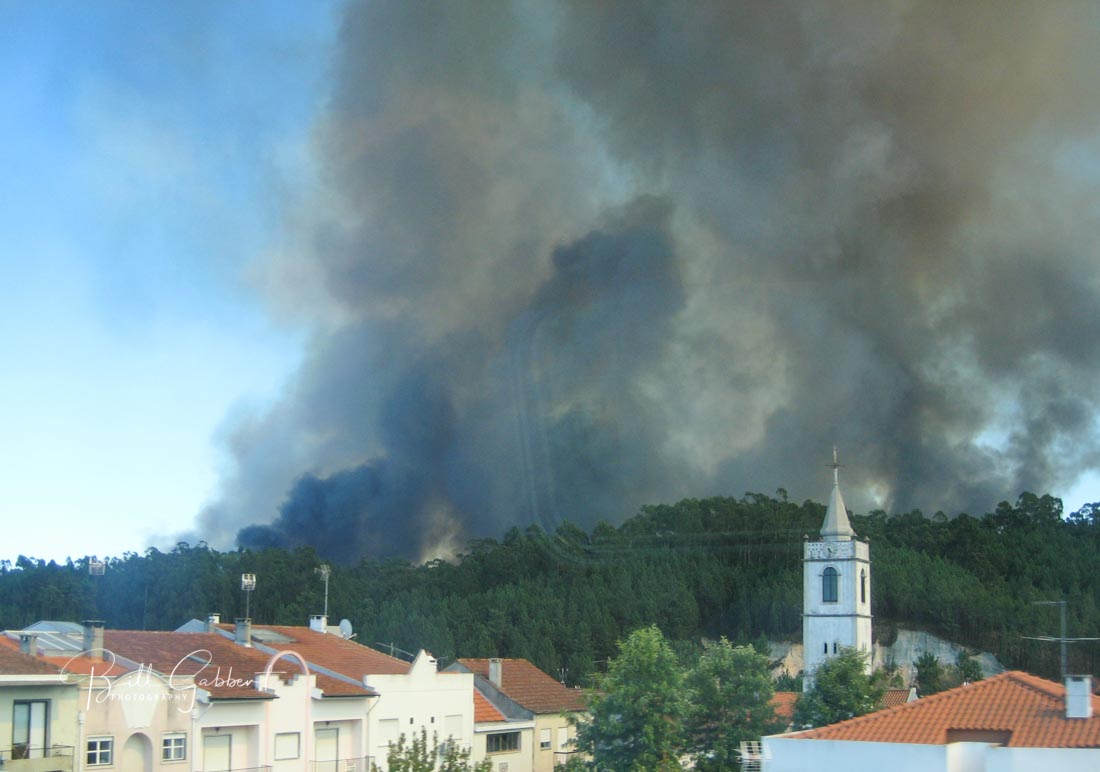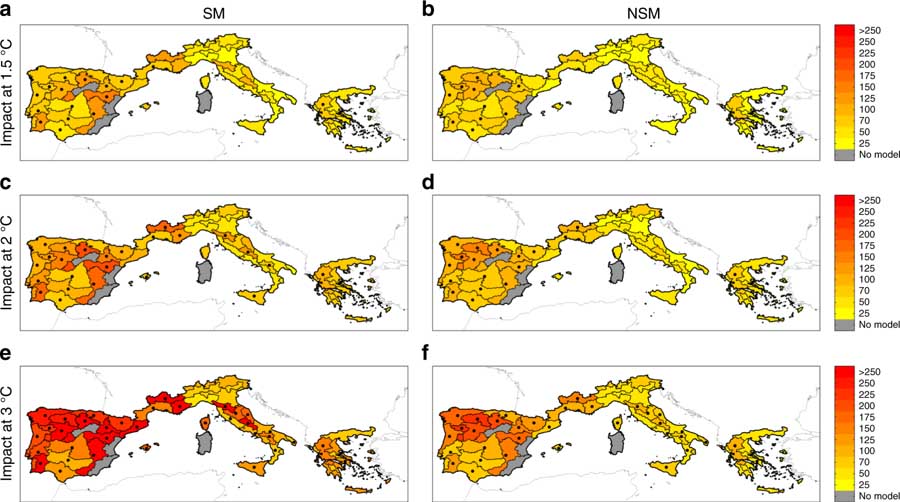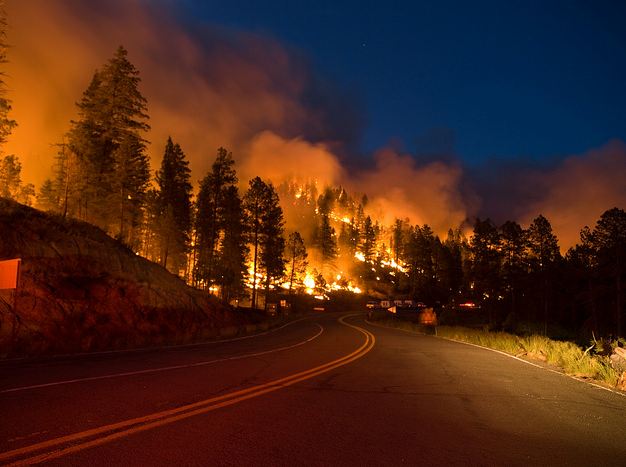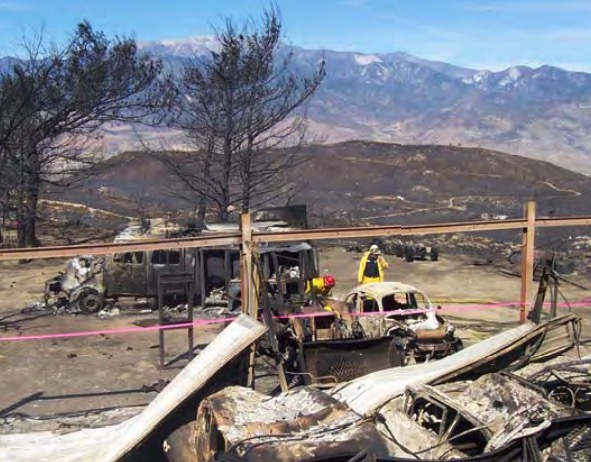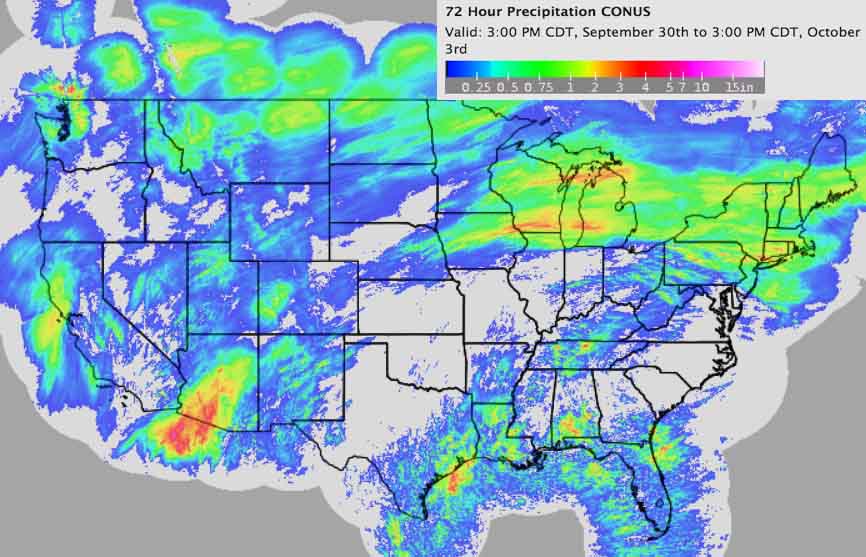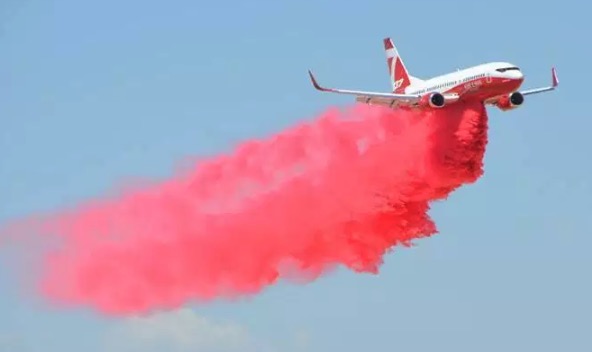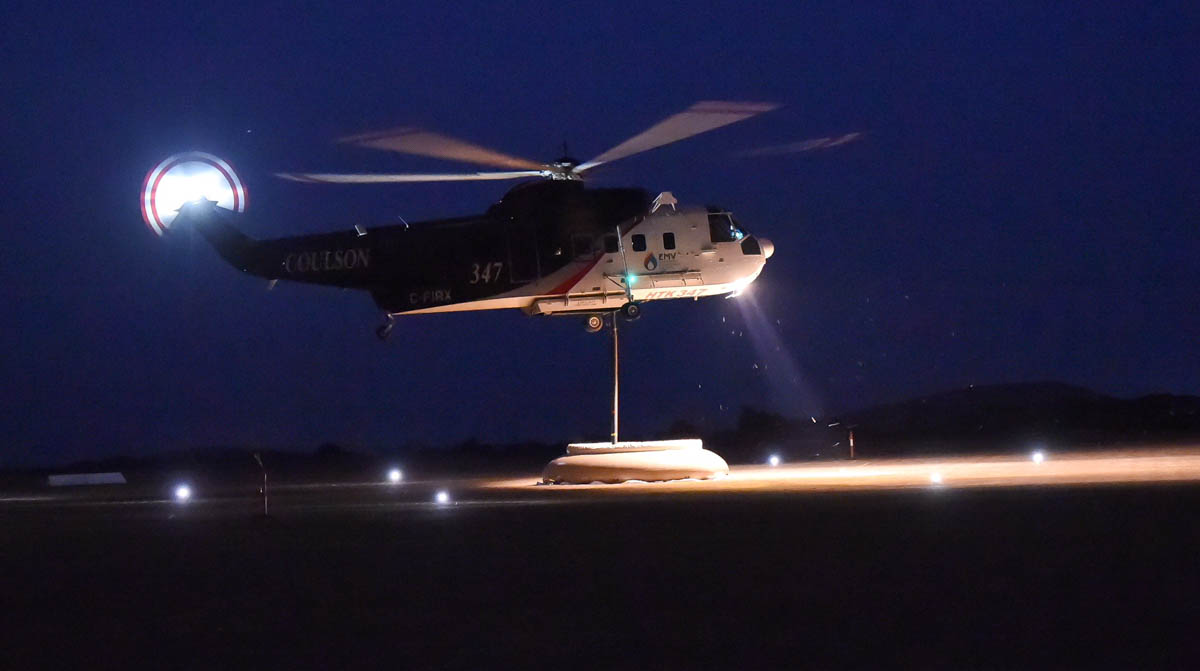
A report has been released for a helicopter crash in a very remote area of Nevada that started a fire, injured two passengers, and resulted in rescuers being burned over. It happened August 18, 2018 about 10 miles north of Battle Mountain.
One of the passengers called 911 on a cell phone at 1357:
We just got into a helicopter crash…three occupants, all of us are alive and managed to get out…started a big fire, fire is burning all around us right now…one of the guys hit his head pretty hard…you’re gonna have to get a helicopter, it’s the only way to get in here.
Adding to the complexity was the fact that several different agencies and organizations had various responsibilities: Lander County Dispatch, Battle Mountain Volunteer Fire Department, local EMS services, a medical helicopter, Elko Interagency Dispatch Center, and Central Nevada Interagency Dispatch Center.
As might be expected the complex communication chain between the victims and the actual emergency responders created some difficulties, including a delay in extracting the three personnel.
The Facilitated Learning Analysis does not speculate what caused the crash of the helicopter that was transporting two biologists on a chukar survey, but it started a fire, which was named Sheep Creek. The biologists and the pilot self-extracted, one of them with what appeared to be a serious head injury, and they all hiked up a steep slope to a flat bench where they awaited a helicopter. About two hours after the 911 call the three were evacuated from the scene by a firefighting helicopter that was on scene, and possibly also a medical helicopter. The report is not clear about this.
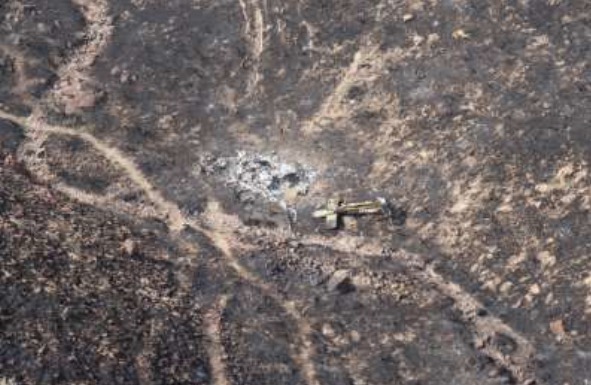
Meanwhile a volunteer fire department Type 4 engine that had responded in a search and rescue mode toward the crash site found that the condition of the road they were traveling on deteriorated from a 2-track road to a 4×4 trail, and finally ended. At that point the fire was closing in on their location. The rookie firefighter and the Fire Chief got out, and leaving their wildland fire personal protective gear in the truck, began to spray water around the vehicle.
From the report:
Within seconds, the fire was all around Pumper- 2. Both individuals were caught outside of the vehicle while trying to spray water. Neither had on their personal protective equipment (PPE) when the burnover occurred. The Chief stated, “We were in a rescue mission, so we had no PPE on.”
During the burnover, the firefighter jumped off the back of Pumper-2, started to run around the vehicle and then took refuge under Pumper-2. “I was burning and screaming and hunkered down underneath behind the rear tires.” After the burnover, the Chief yelled for the firefighter, whom he could not see anywhere. He eventually located the firefighter under Pumper-2.
After sustaining significant burns, both the Chief and firefighter got back into the vehicle, with the Chief driving, continuing down drainage. The fire was behind them as they continued driving through the black towards the bottom of the drainage. Pumper-2 drove through the bottom of the drainage over the rough terrain until getting stuck. Both individuals got out of the vehicle and proceeded to hike up the steep ridge until they got on top of the ridge to establish communications.
At 1646, Lander County Dispatch received a 911 call from the firefighter, who said he and the Chief had been burned. “We need help.” Dispatch was asking questions to establish a location, but the cell phone was breaking up. The firefighter said, “We might need a helicopter because we are on the ridge…in the black…wearing a red shirt and just uphill right of the engine.”
Suppression resources were actively engaged on the wildland fire during the burnover of the Pumper-2. The Incident Commander of the wildland fire was unaware that Pumper-2 was on the fire until well after the burnover occurred. The dispatch centers did not know the location of Pumper-2.
At 1745 the injured firefighters were located and extracted by the air medical and suppression helicopters to awaiting ground medical resources at Battle Mountain Airport. At about 1900, fixed-wing aircraft flew the injured firefighters to the University of Utah Burn Center in Salt Lake City, Utah.
The FLA points out a number of organizational and human issues that are worthy of consideration. One topic that was not thoroughly addressed in the report was the dispatchers and firefighting personnel at times did not know the exact location of the crash site or the victims, and were not aware that the engine was responding or it’s location following the injuries to the two firefighters.
Even when, eventually, the location of emergency responders will be able to be tracked on an incident, biologists and volunteer firefighters will probably be some of the last personnel to employ this capability on a routine basis.

